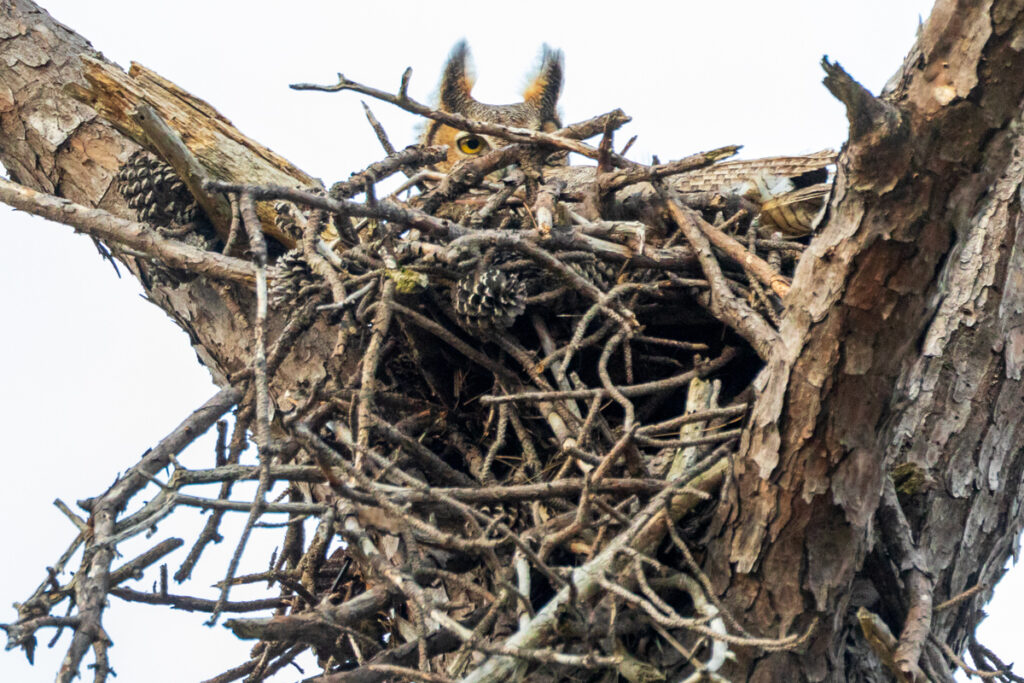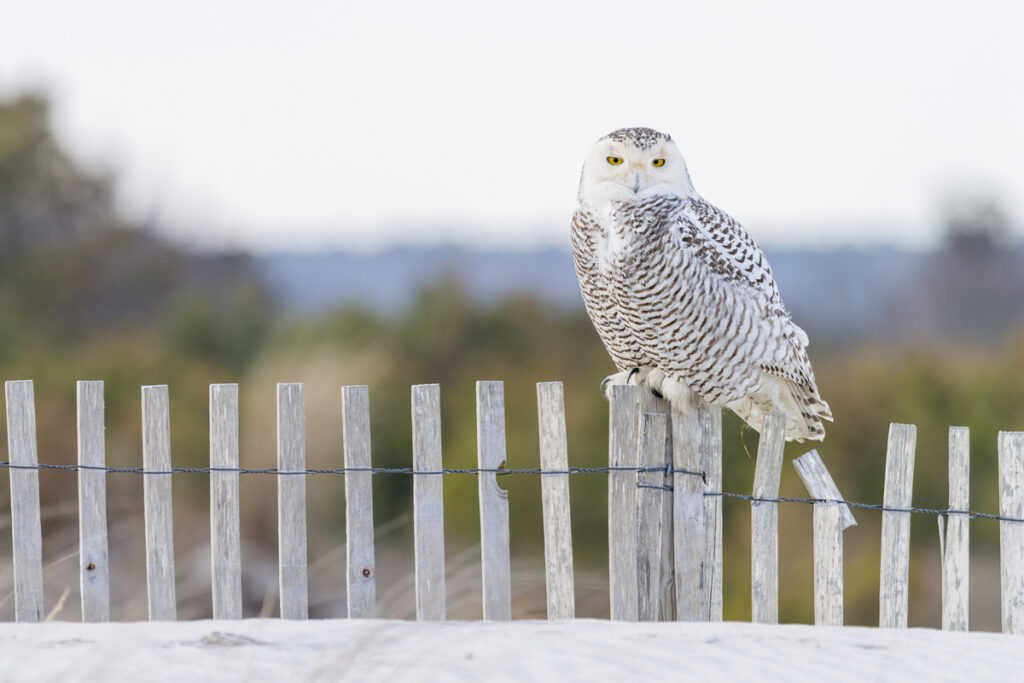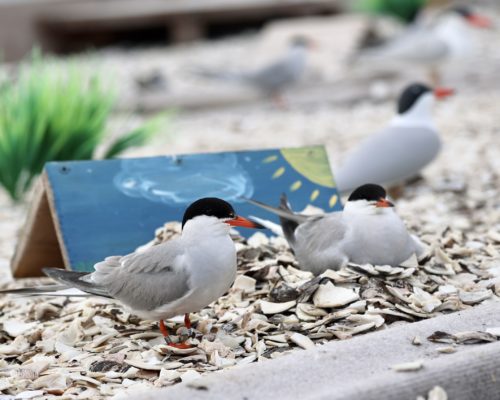We are fortunate enough to have eight different species of owls in the Chesapeake region. Some, like the majestic snowy owl, are winter visitors. Others are permanent residents, such as the screech and great horned owls. Owl watching provides a fascinating look into the lives of these secretive birds.
Owls are perhaps the most sought-after species for beginning birders. And it is during the wintertime when you are most likely to encounter one, both due to the lack of leaf cover as well as increased activity during the breeding season.
The first thing beginning birders should do is research which species of owl live in your area. What is their behavior, range, and habitat? For example, the incredibly acrobatic short-eared owl are only in this region during the winter months, are crepuscular (or twilight) hunters, and are found in areas of wide open space. Think marshes, farms, and even county dump sites. When located, they are usually found flying over the landscape in search of prey. In contrast, the barred owl is a resident breeding owl that prefers the cover of forest and wooded swamp to wide open marsh. When located, they are usually perched in a tree looking below for an unsuspecting meal.
Winter is also a time of courting and breeding. In December and January, the nocturnal great horned owl begins its courtship ritual by hooting to its mate on cold, winter nights. By February, the pair is usually found in or near their nesting site. These very large birds do not build their nests, but instead procure nests constructed by other large raptors, such as eagles and hawks. Nests may be in a forest, on a tree adjacent to a marsh, or even trees next to a road.

The ubiquitous barred owl begins courting in February. A pair will communicate to each other at night, usually within a patch of forest, with an array of grunts, caws and their distinctive “Who cooks for you? Who cooks for you-all?” call. By March they are nesting in some type of natural cavity, typically a tall tree, though they may even use human-made boxes or nests made by another animal.
When venturing into owl habitat, humans play the role of wildlife detectives. Owls are good at leaving evidence of their presence, which, when found, is a good indicator that they are still nearby. Look for whitewash and owl pellets, or excrement and oval-shaped masses of undigested food regurgitated by the owl. Whitewash, technically uric acid, is usually found underneath a tree, on the trunk, or in branches where the owl roosts. Owl pellets will contain parts that are not safe for digesting, such as bones, teeth, skulls, hair, and feathers. Finding a pellet and/or whitewash is the equivalent of an owl goldmine, and if you do come across the evidence, look up becuse there’s a good chance you will find the owl or its nest nearby.
If you are fortunate enough to encounter one, as with all wildlife, give them plenty of space and just maybe you will have a very special encounter.
Happy Owling!
For more information on owl watching, visit audubon.org and allaboutbirds.org.




